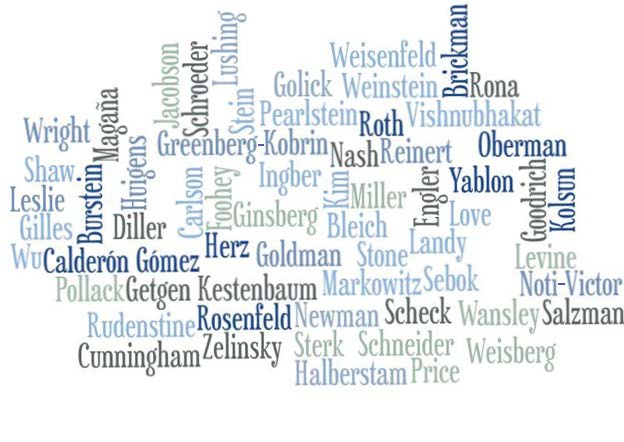Publication Date
2017
Journal
Virginia Law Review
Abstract
Among intellectual property (IP) doctrines, only utility patents should protect function. Utility patents offer strong rights that place constraints on competition, but they only arise when inventors can demonstrate substantial novelty after a costly examination. Copyrights, trademarks, and design patents are much easier to obtain than utility patents, and they often last much longer. Accordingly, to prevent claimants from obtaining “backdoor patents,” the other IP doctrines must screen out functionality. As yet, however, courts and scholars have paid little systematic attention to the ways in which these functionality screens operate across and within IP law.We have four tasks in this Article. First, we identify three separate functionality screens that IP laws use: Filtering, Exclusion, and Threshold. Second, we illustrate the use of these different screens in copyright, trademark, and design patent laws. Each law takes a different approach to screening functionality. Third, we model the relative costs and benefits of the different screening regimes, paying particular attention to administrative and error costs and how these costs affect incentives and competition. Finally, we assess the current screening regimes and offers suggestions for how they might be improved. Among other things, our analysis provides a way to resolve the dispute currently before the U.S. Supreme Court in Star Athletica LLC v. Varsity Brands, Inc. over the copyrightability of cheerleader uniforms.
Volume
103
First Page
1293
Publisher
The Virginia Law Review Association
Keywords
patent, patent law, intellectual property, copyright, copyright law, trademark
Disciplines
Law
Recommended Citation
Christopher Buccafusco & Mark A. Lemley,
Functionality Screens,
103
Va. L. Rev.
1293
(2017).
https://larc.cardozo.yu.edu/faculty-articles/476


